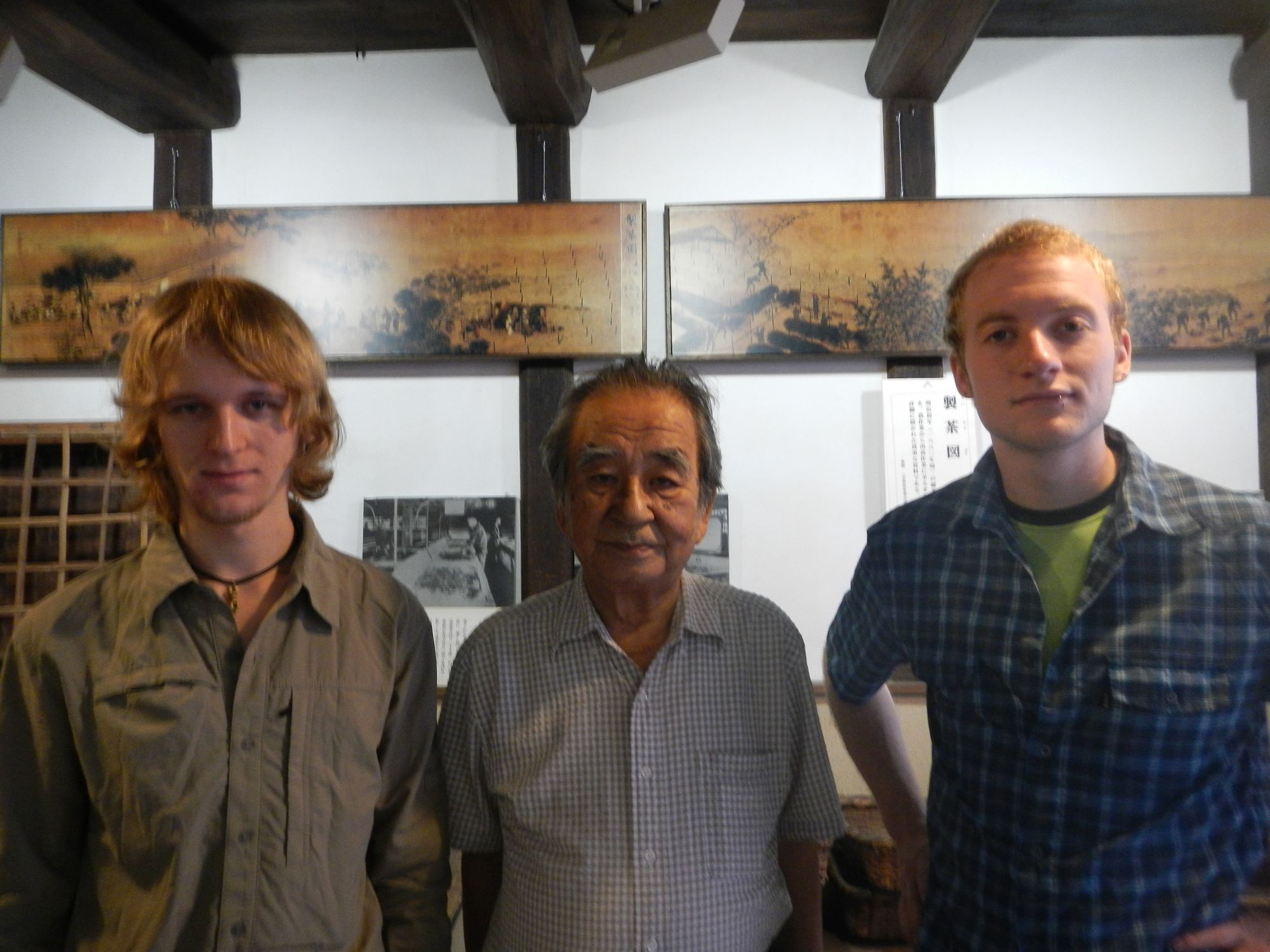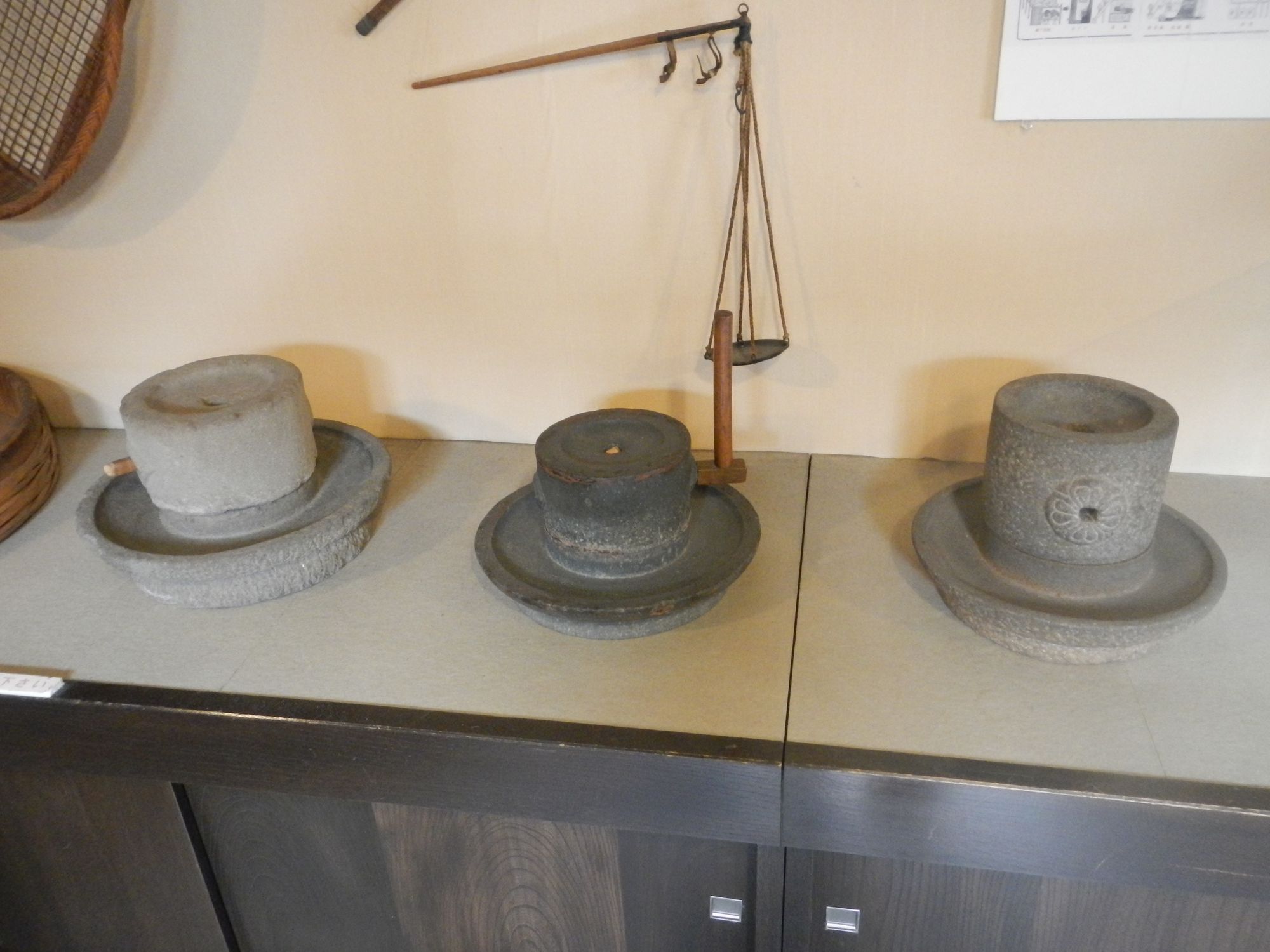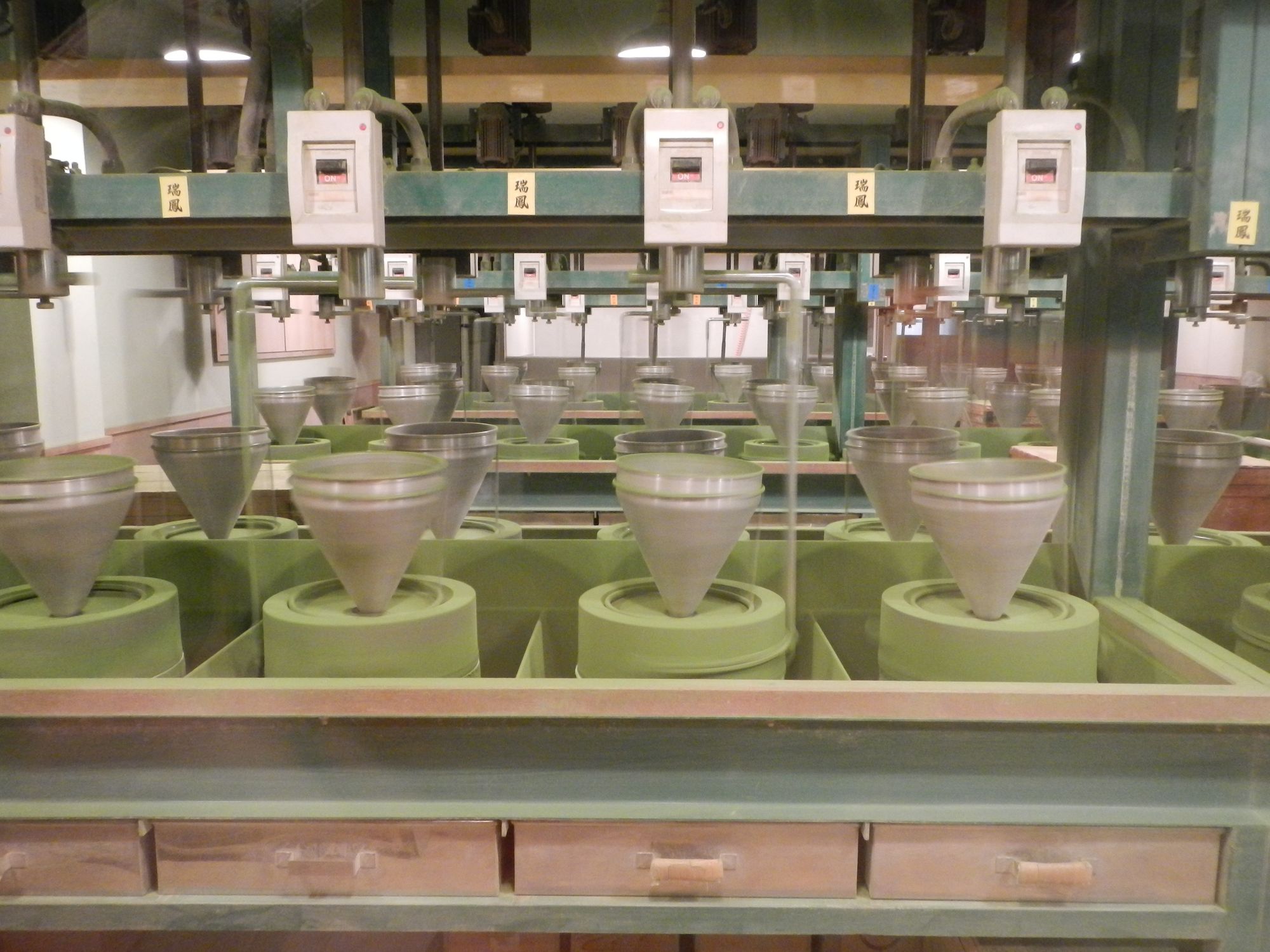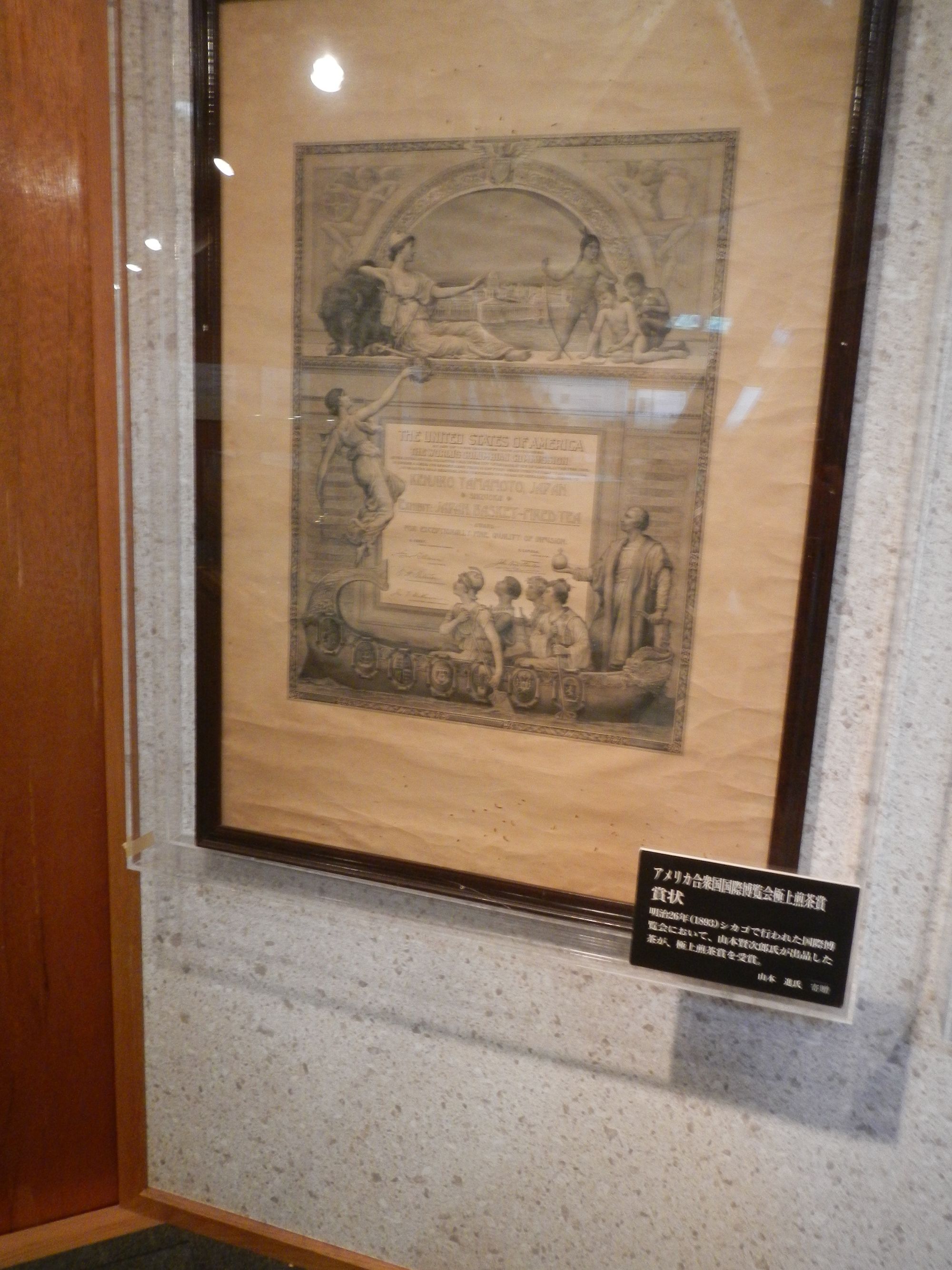Matcha Production at the ShunSho Factory

I was quite right to conjecture that matcha, even at its (available) best, is subject to very mechanized production. That’s not necessarily a bad thing; tea drinkers demand matcha of a certain quality, and companies rise and find methods to meet demand; much of the matcha is very good. One of the best producers, a suplier to the SanSenke, is the Kanbayashi Shunsho Honten of Uji. This factory traces it’s history back 450 years. We got to spend some time with the owner touring the facilities.

Originally, all matcha was ground fresh for each ChaJi, using a small stone or mettle hand grinders similar in style to those used in China during the late Tang / early Song dynasties. In fact, many of the originals used in Japan were produced in China; I’t is strange to say, but I have always discounted the trade between Japan and China during tea’s early days (as a drink / ceremony, don’t take that as a reference to the Shang), but it was actually thriving. This influenced Japan so greatly that to this day teaware is often called Tang ware. With the growth of Chanoyu, producers began to sell pre-ground matcha made with stone turns:

This method of making matcha continues to this day for higher quality production, though I’m not sure if anyone would be able to recognize it without knowing its antecedent…

Close by the 450 year old original factory, which is now only a museum, there is a nice new shiny factory. Those are actually stone grinders covered in matcha and turned by a motorized belt. The mettle funnels are filled with raw tea to be matcha-ized, and each row is a different grade. The air smells not so faintly of matcha, such that it satisfies my thirst for it just by breathing. The factory produces some very high quality matcha; its just hard for me (personally) to see and drink hand processed Chinese and Korean tea, and allow it to be compared with this… though I would rather this matcha than non-stone ground matcha, or ‘food grade’ matcha (flavoring), and if this is what is used by the Senke perhaps it is better than hand ground matcha (uneven grind, no heat produced, coarser, etc)? I have not had enough experience to know.
Matcha is without a doubt an art form in its own right, and with its (obvious/necessary) relationship to Chanoyu it only becomes a higher art. My time in japan and my experiences with Japanese tea ceremony have only led me to a greater and deeper understanding of these traditions.
Migrated Comments
Lauren Deutsch
Kambayashi participated in the 1876 Centennial Exposition in Philadelphia.
Jason's Reply:
Dear Lauren,
I actually have a photo of their original award!

Love the text “for exceptionally fine quality of infusion”.
Picture quality could be better…
All the Best,
Jason